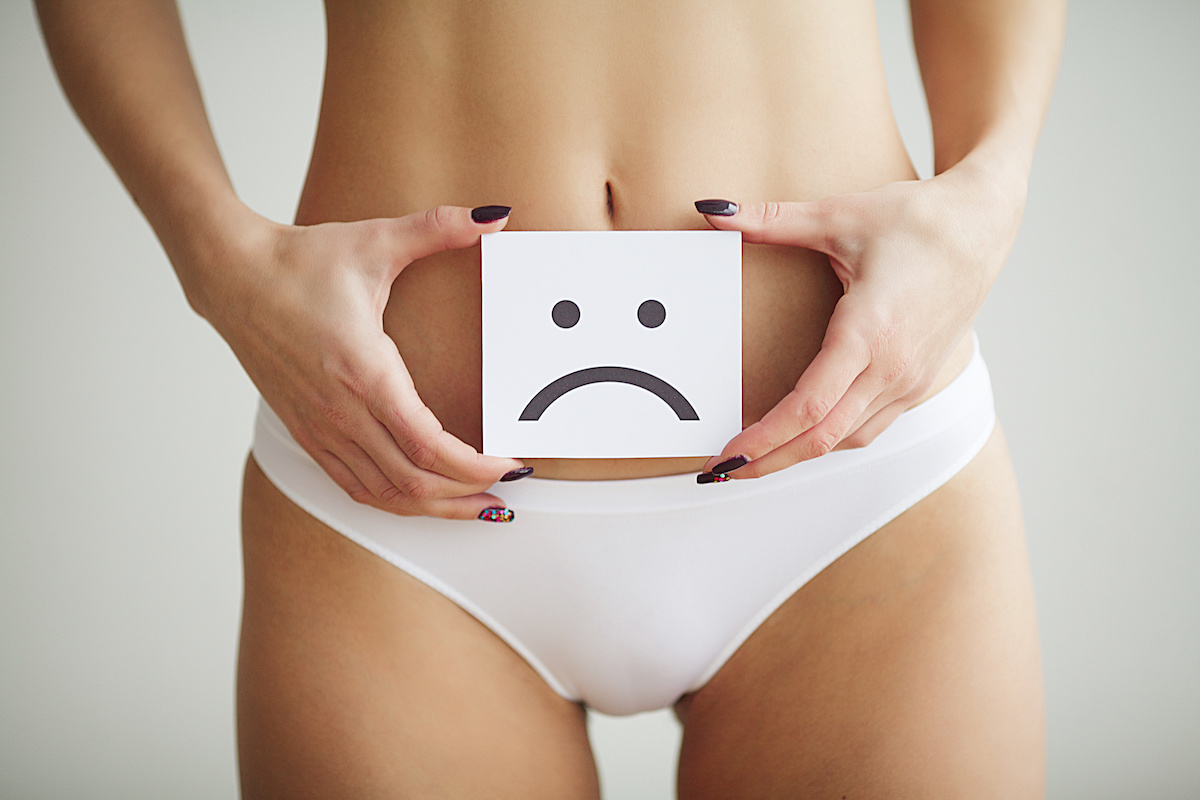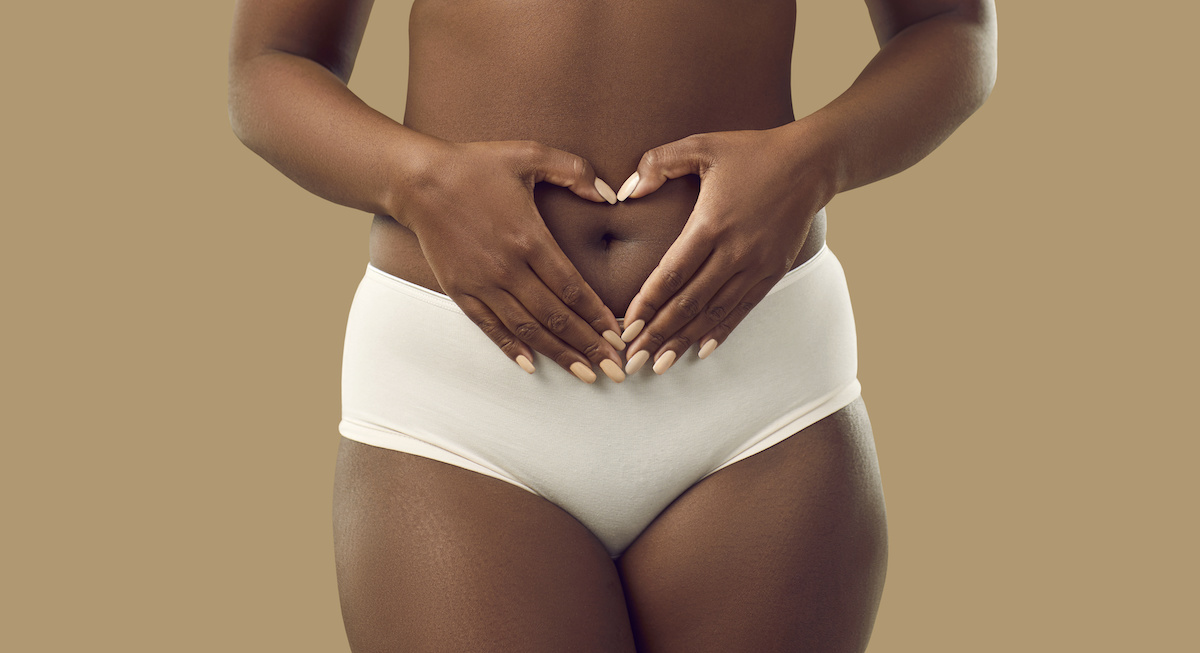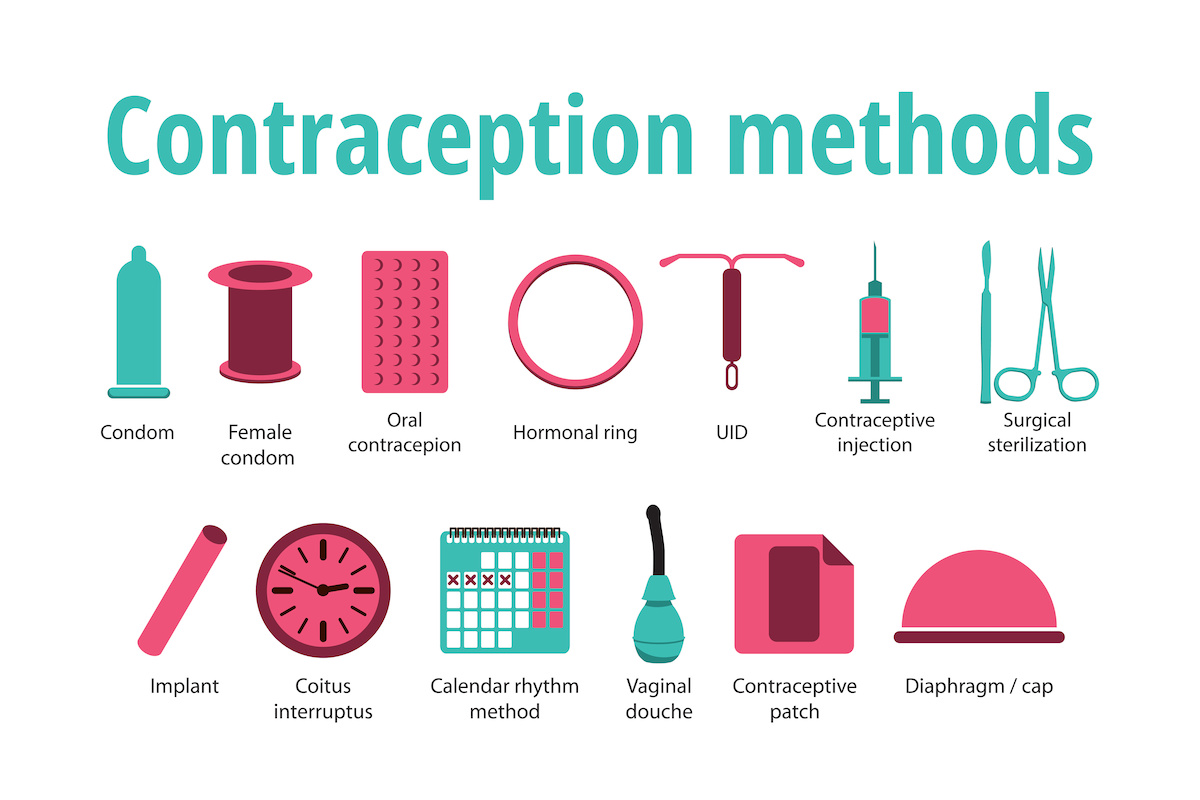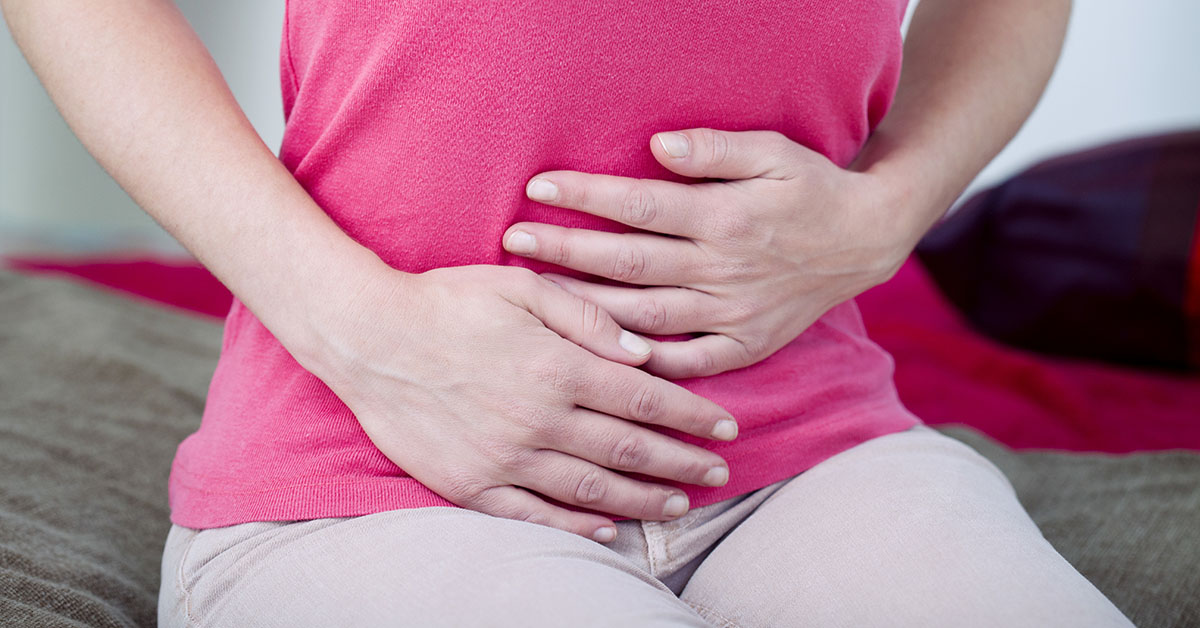It may seem embarrassing to talk about, but vaginal discharge is a completely normal part of the female body. Normal vaginal discharge helps keep the vagina healthy and clean by maintaining the wetness of the vaginal tissues and shedding old cells. You may notice changes in your discharge during ovulation, breastfeeding, or when you’re sexually aroused. Discharge also changes consistency during different times of your cycle. Still, concerns about vaginal discharge are one of the most common reasons for booking an appointment with your gynecologist. To help provide some valuable information from the comfort of your own home, here is your guide to vaginal discharge.
What’s Normal
A healthy vagina produces discharge as a way to “self-clean.” The discharge that is considered “normal” ranges from clear to white in color. The consistency and amount of discharge may also vary. Typically, normal discharge consistency ranges from watery to sticky, like an egg white. It’s normal to have some amount of vaginal discharge every day and for the amount to increase or decrease depending on where you are in your cycle. When it comes to smell, it can vary from orderless to pungent to metallic. Now that we’ve established the baseline of what’s considered healthy vaginal discharge, here are some of the abnormalities you should be aware of.
What’s Abnormal
A Fishy Odor
A strong, fishy-smelling odor is typically associated with Bacterial vaginosis (BV). BV occurs when there is a decrease in the normal bacteria in the vagina. When this “good” bacteria decreases, it can lead to an infection. If your discharge has a strong, fishy odor that worsens with your period or during sexual intercourse, set up an appointment with your doctor. Bacterial vaginosis is easily treated by antibiotics and is not an STI.
A Severe Itch
Yeast infections are one of the most common vaginal conditions, and symptoms include an intense burning and itching sensation. In addition to the itch, you may also see a thick, white discharge with a cottage cheese-like consistency. Fortunately, there are many over-the-counter antifungal medications available to treat yeast infections. For reoccurring yeast infections, your provider can make personalized recommendations to decrease the frequency.
Pain
Heavy vaginal discharge that is accompanied by pain could be a sign of an STI, like gonorrhea, chlamydia, or trichomonas. This pain typically takes place in the belly or it occurs during sex. If you are experiencing heavy discharge and pain, set up an appointment with your provider to get tested and receive treatment.
An Unusual Color
As we previously mentioned, normal vaginal discharge is clear to white in color. You may also notice reddish discharge during your period. If your discharge is green, yellow, or gray, however, this could be indicative of an STI.
How to Maintain Vaginal Health
At the beginning of this blog, we mentioned how the vagina is a self-cleaning machine! You don’t need to clean the vagina manually. We recommend rinsing with water or allowing soapy water to run over the vagina. There is no need to scrub, and it’s best to avoid any perfume soaps, lotions, or sprays. You should absolutely avoid douching, which can lead to infection, by removing the healthy bacteria from the vagina. Unless specifically recommended by a doctor, many of the products on the market aimed towards vaginal cleanliness are not necessary. If you are experiencing recurring infections, try wearing cotton underwear and loose-fitting clothing to allow the area to breathe.
Contact an OB/GYN
At Green Valley OB/GYN, our physicians are here to answer any questions you may have regarding your gynecologic health. There is no issue that is too big or too small for us to address. If you have questions about vaginal discharge or any other condition, our staff is here to help. To set up an appointment, contact us online or by calling (336) 378-1110.









